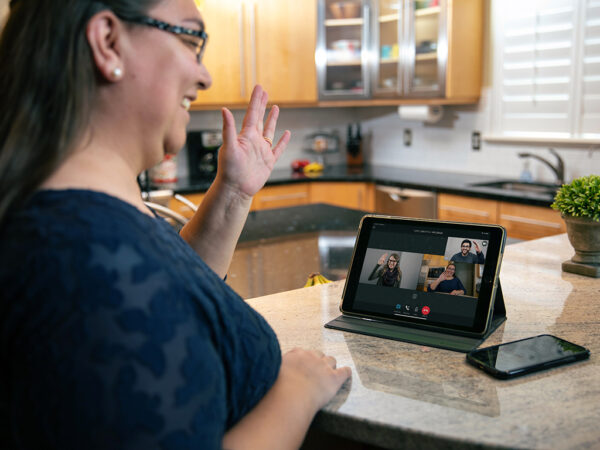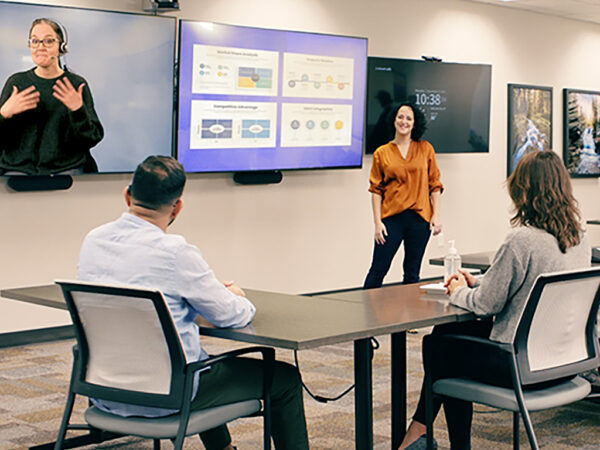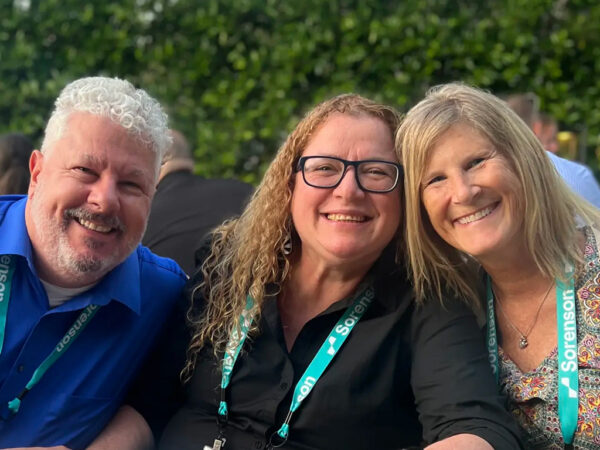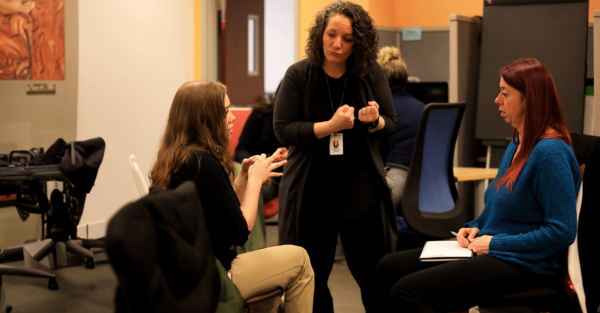A Practical Checklist for Inclusive Communication in Schools and Colleges
October 28, 2025
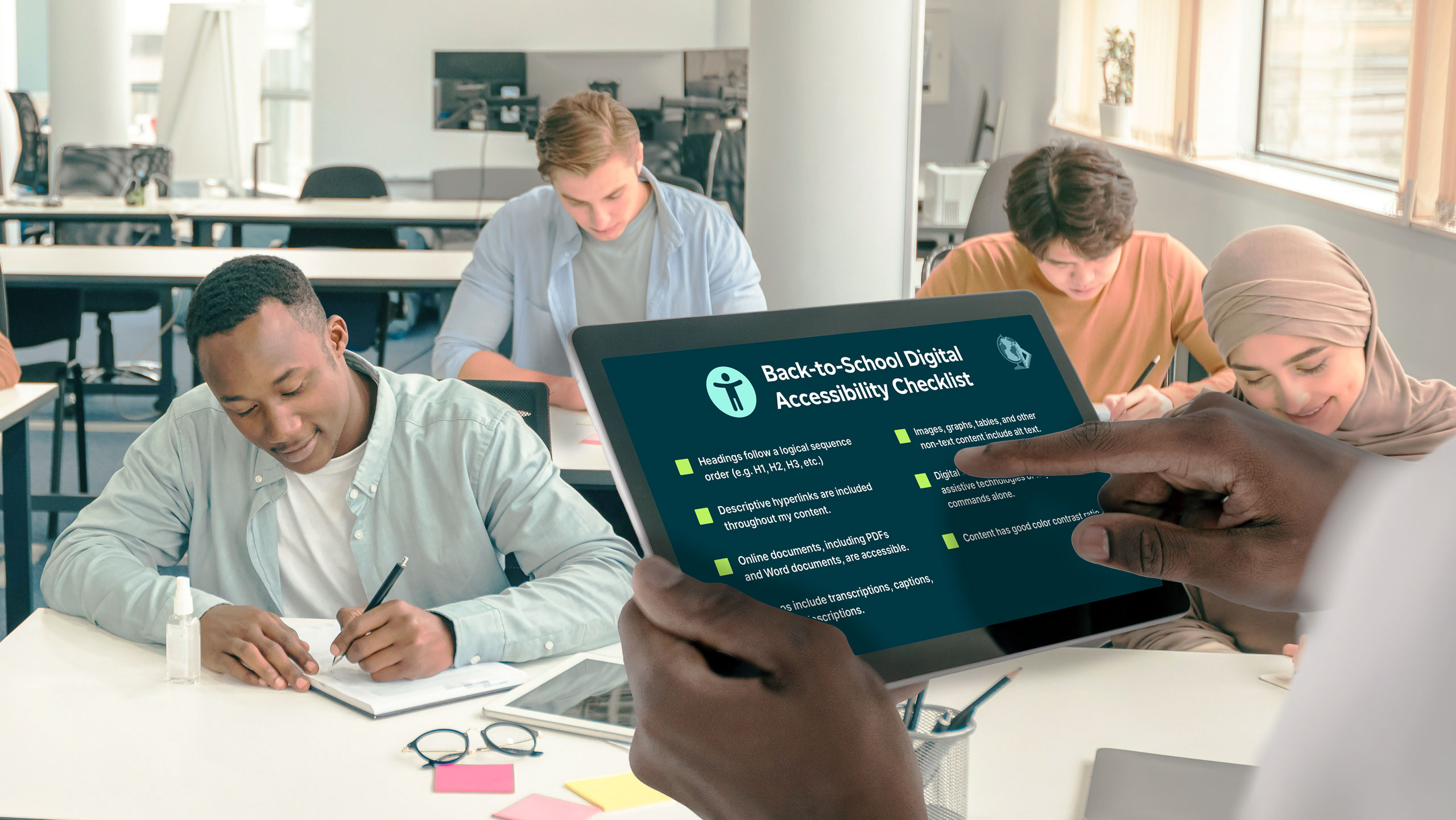
As campuses and schools grow, student success and community involvement both depend on clear, accessible, and inclusive communication. Whether you’re in higher education or K–12, language barriers and accessibility gaps can impact learning, family involvement, and regulatory compliance.
Use this checklist to assess your current strategies and plan for a more inclusive semester.
1. Language representation
- Which languages are spoken by students, families, faculty, and staff? Use enrollment and HR data or surveys to identify all relevant languages.
- For which departments, classrooms, or programs will multilingual communication be most critical?
2. Communication challenges
- Are there known gaps due to language differences?
- Have any classes, teams, or events been affected by communication challenges?
- Have you received feedback or concerns tied to language access or clarity?
3. Current language support
- What tools or services are in place (interpreters, translated materials, real-time captioning, AI tools, etc.)?
- Do these meet your needs for accuracy, timeliness, and scale?
- What are the weaknesses of your current solutions — cost, staffing, or inconsistency?
4. Accessibility
- Do you offer formats like captioning or sign language interpretation?
- Have you conducted an accessibility audit or formal review?
5. Technology and tools
- Which communication platforms do you use (video conferencing, learning management systems, parent portals)?
- Do they support multilingual features or real-time translation?
- Are you using any AI-powered tools to scale language access?
6. Faculty and staff feedback
- Have faculty and staff shared input on how communication could be improved?
- Are they using unauthorized tools for language access?
- Do they feel comfortable using their preferred language at work?
- Does your campus or school culture support inclusion across language backgrounds?
7. Student and family experience
- How satisfied are students and families with your current communication approach?
- Do you provide multilingual support and resources for families?
- Have you gathered feedback about language accessibility?
8. Future needs
- Do you plan to expand programs or serve new communities?
- Will the language needs of your students or their families change in the next 1–3 years?
- Are your current systems and strategies built to adapt?
Next steps
- Review your answers to identify communication gaps and opportunities.
- Explore scalable, inclusive solutions like Sorenson Forum for live speech translation and multilingual access.
- Align your communication strategy with the real needs of your students, families, faculty, and staff.
- Provide faculty, students, and families training and support for any new tools or processes.
- Regularly evaluate and evolve your communication approach.
This site is registered on wpml.org as a development site. Switch to a production site key to remove this banner.







